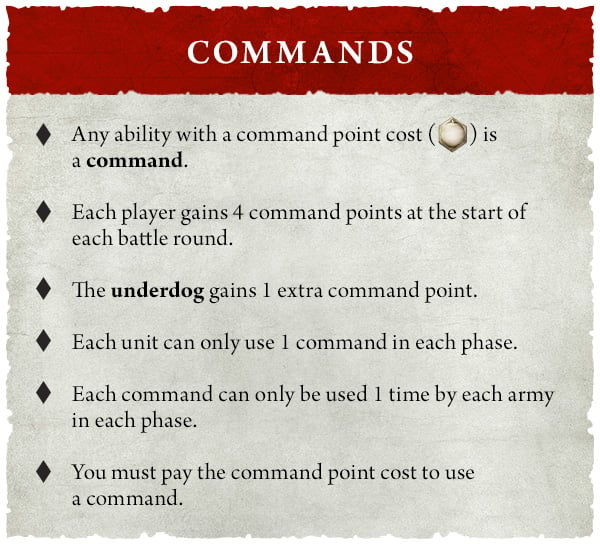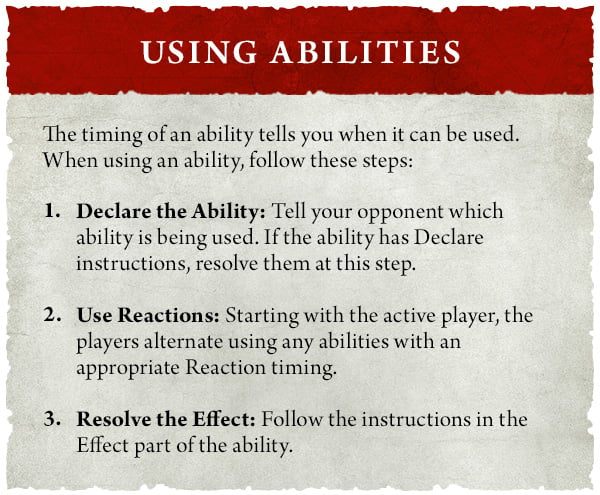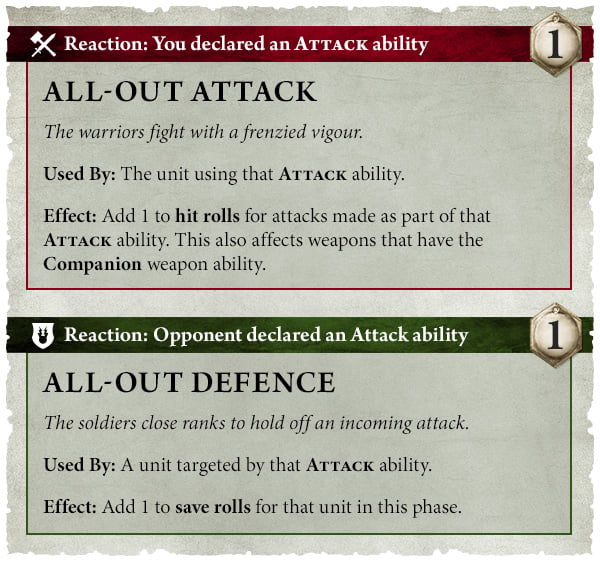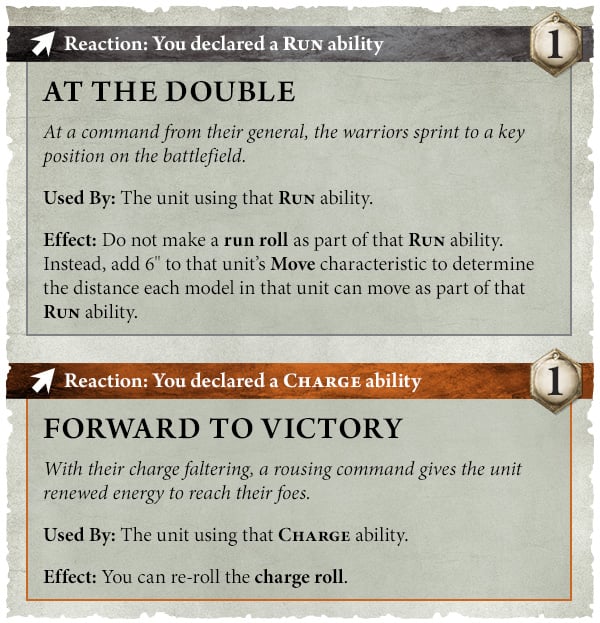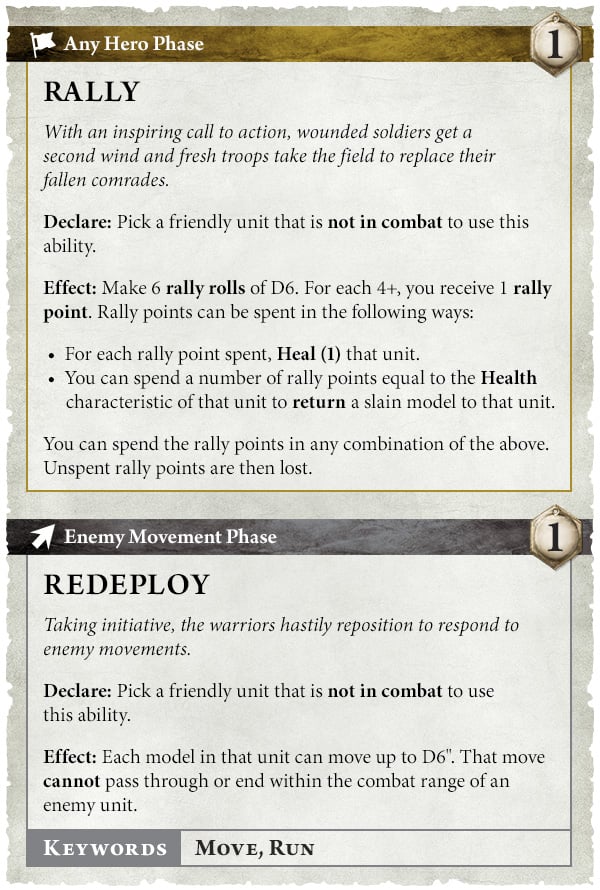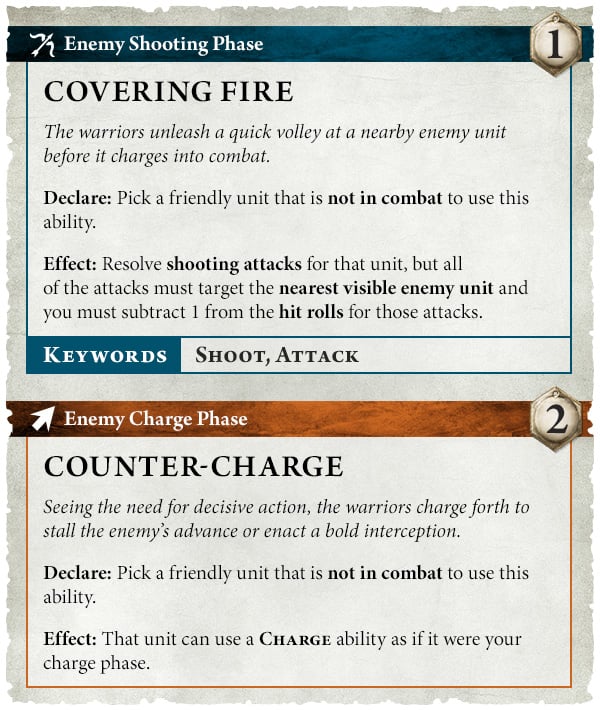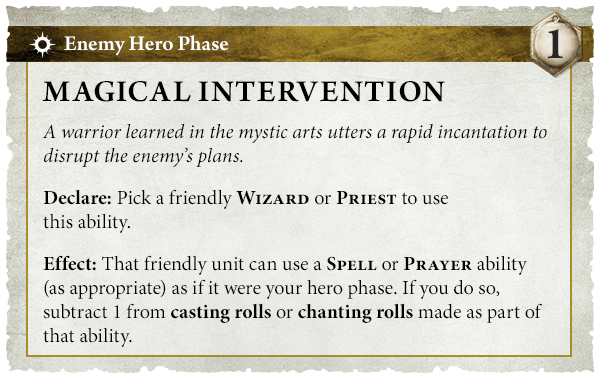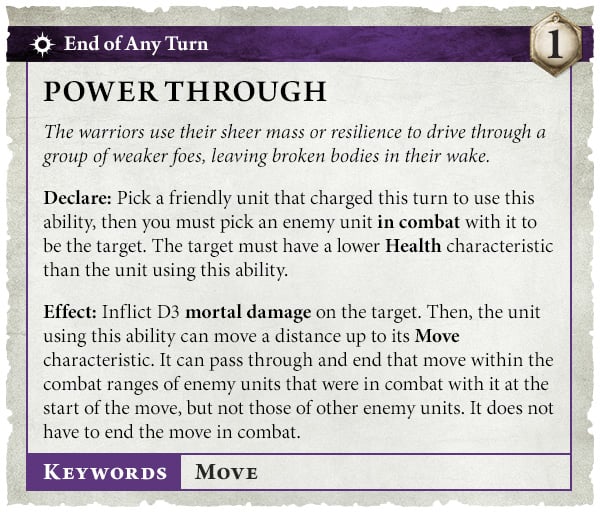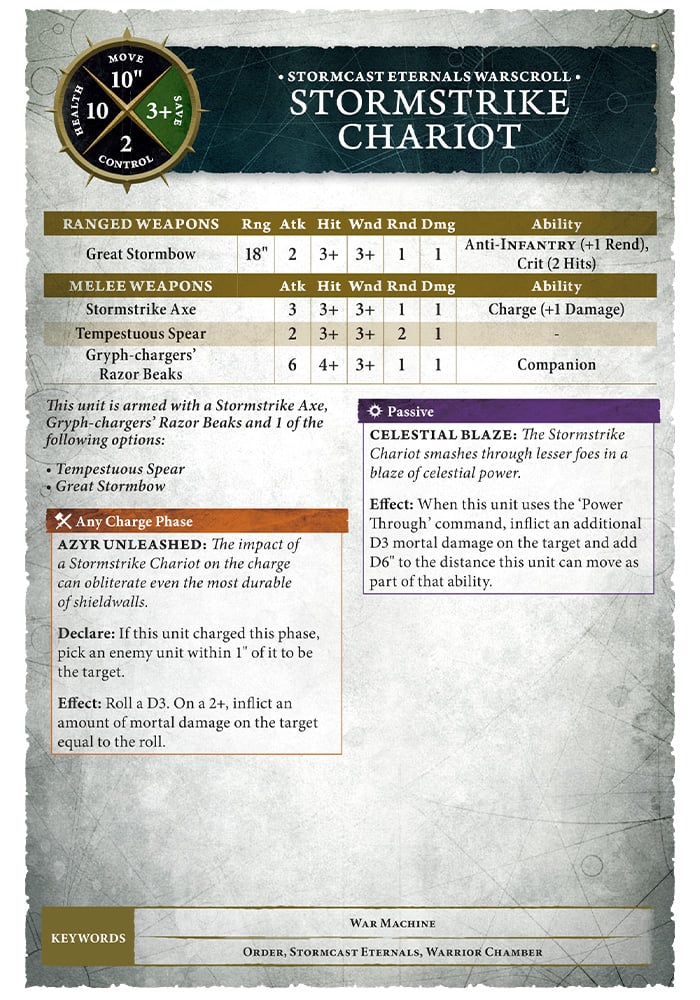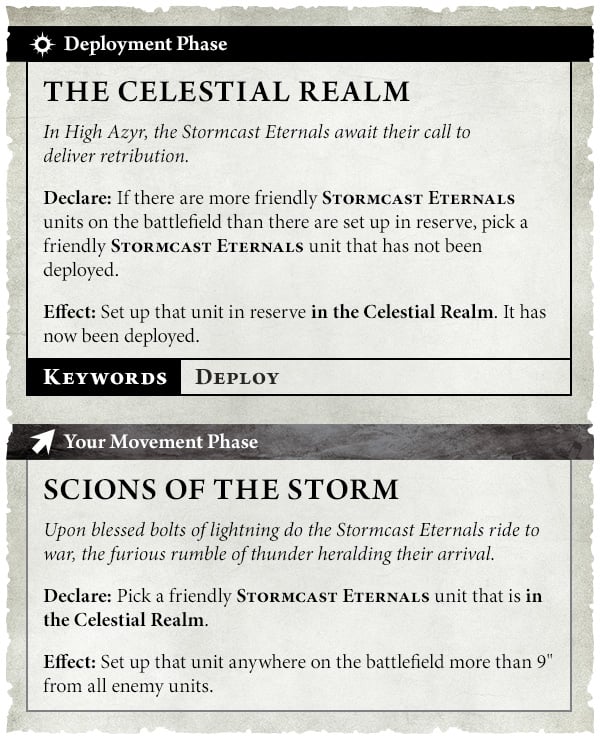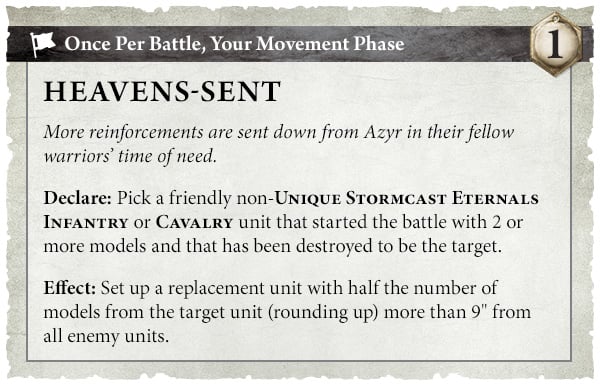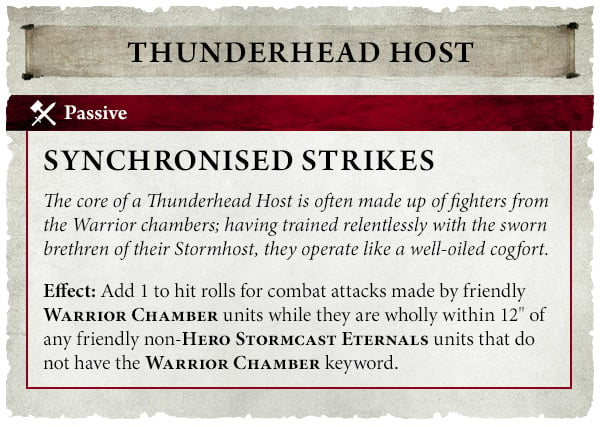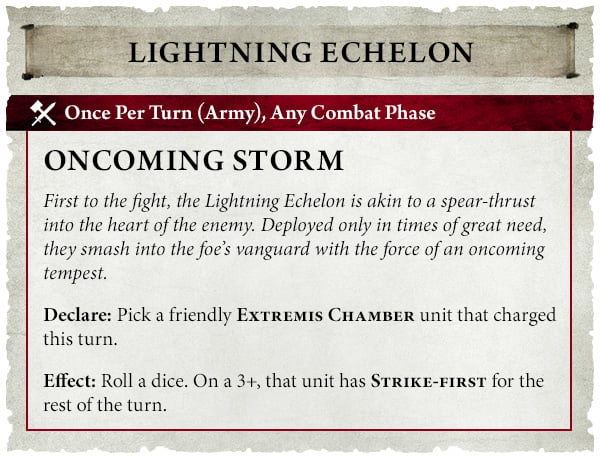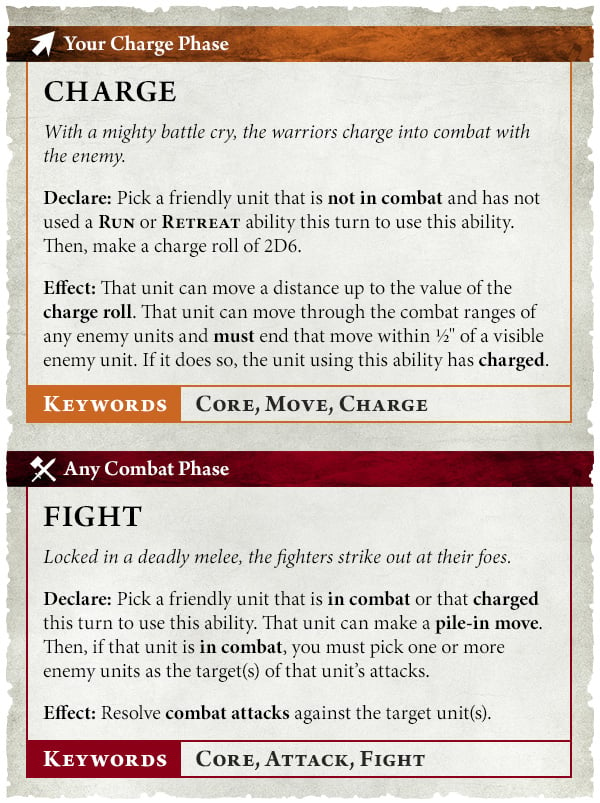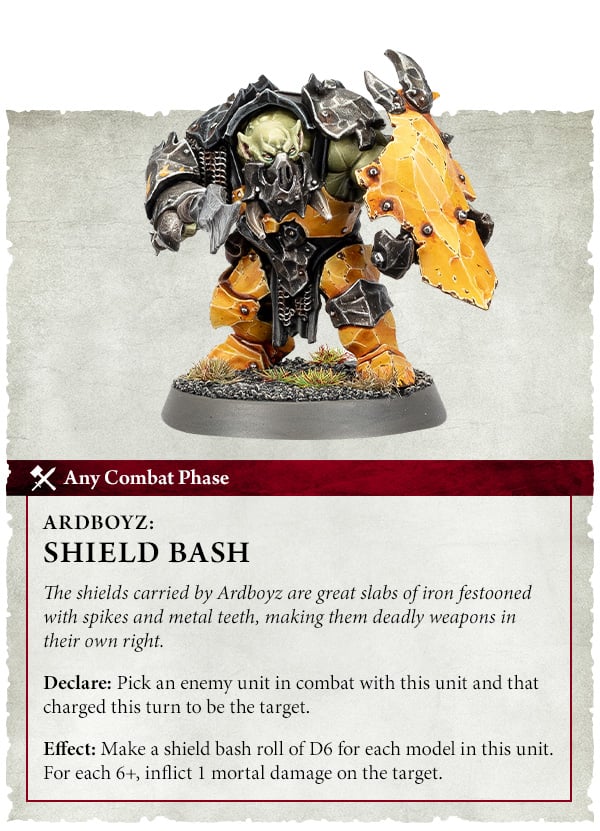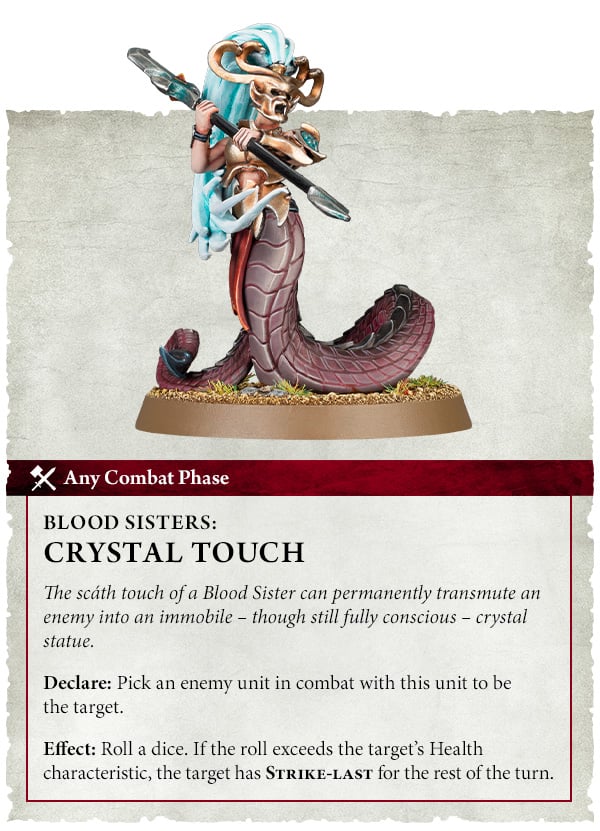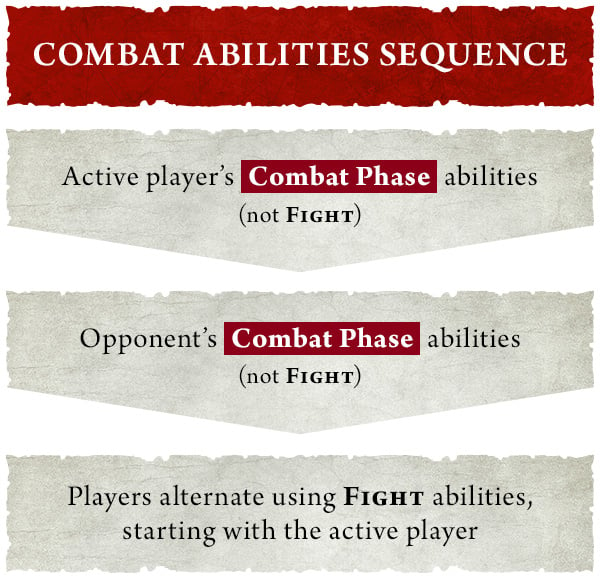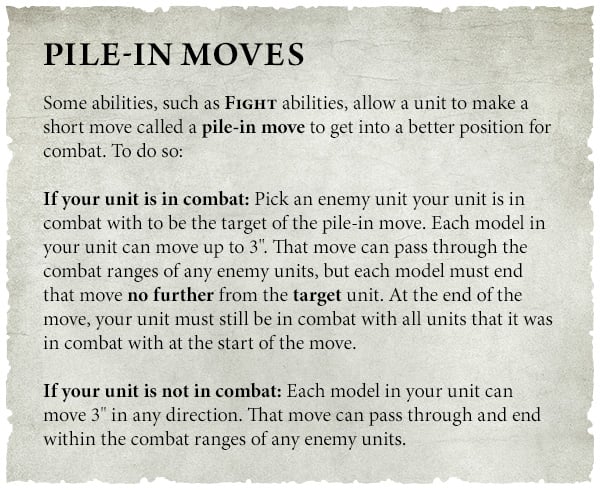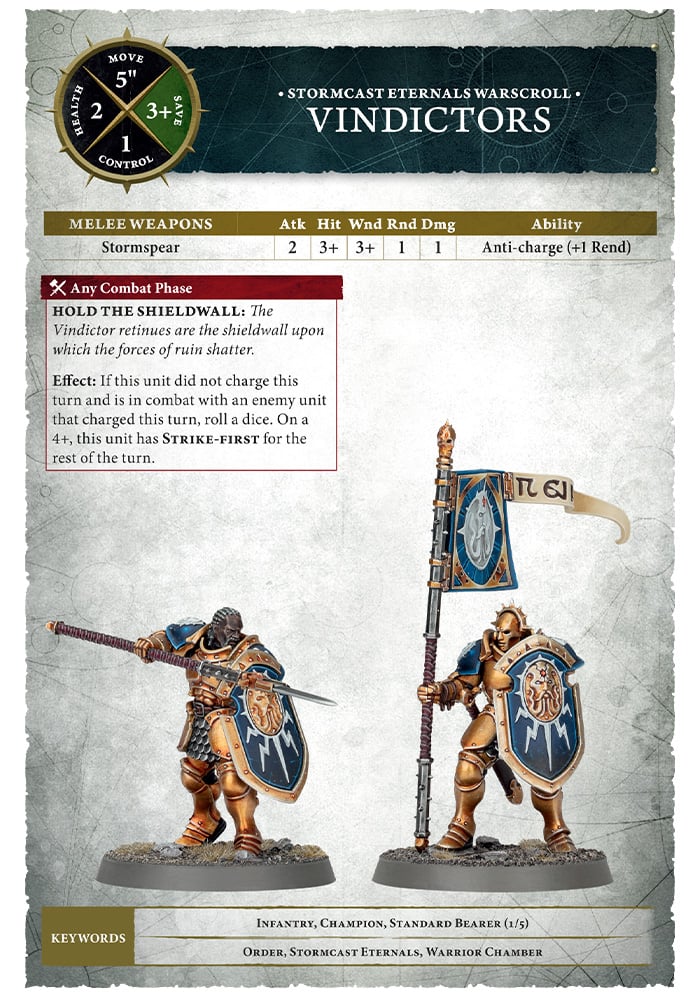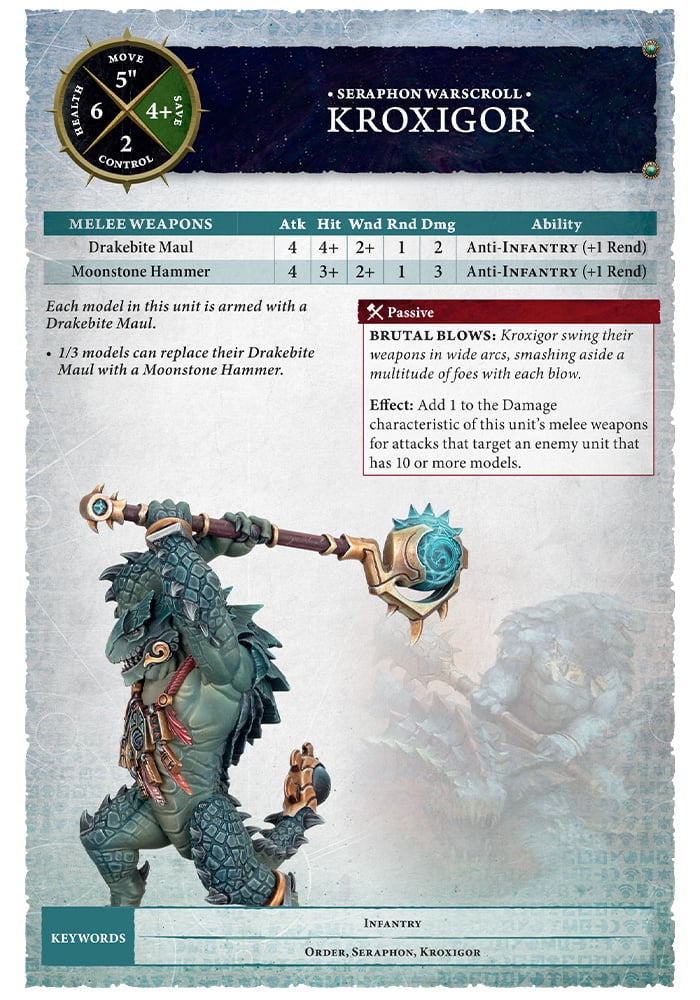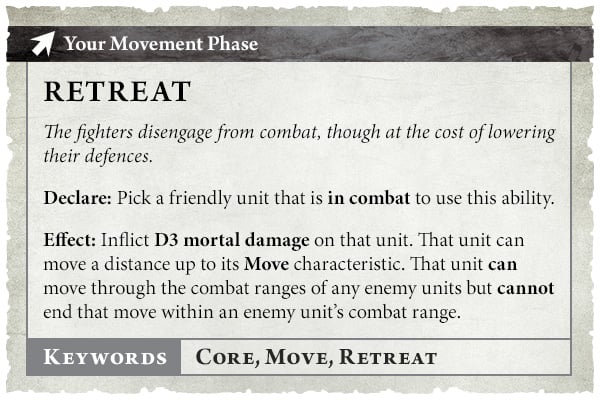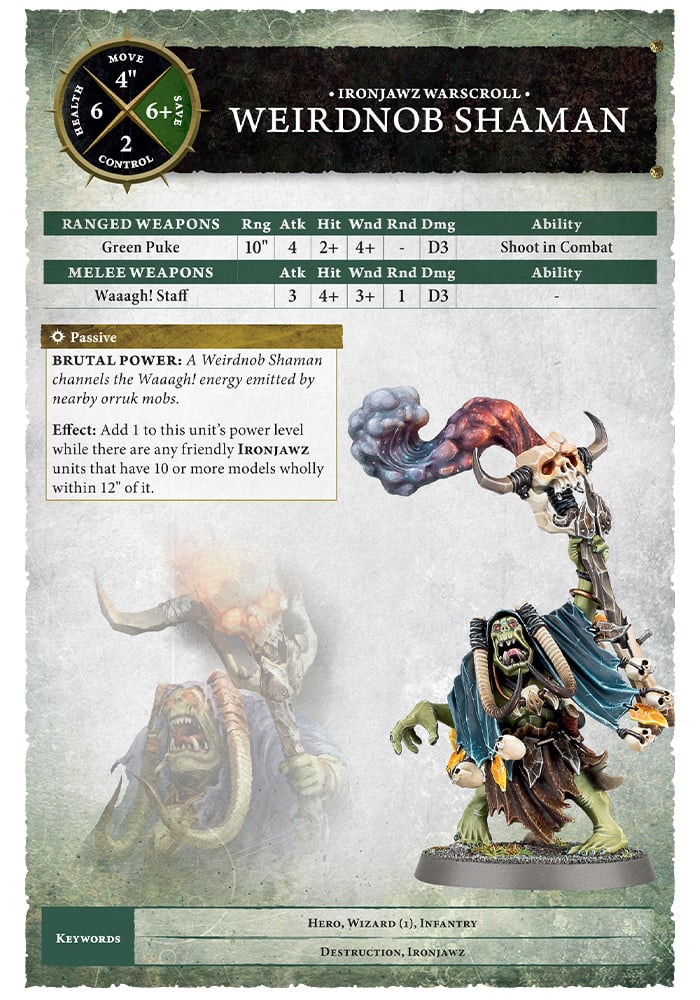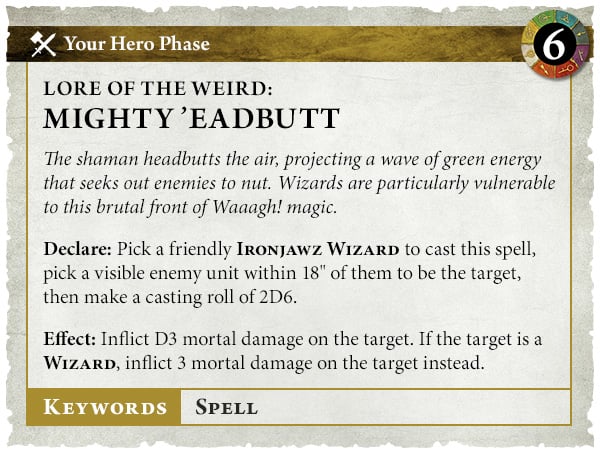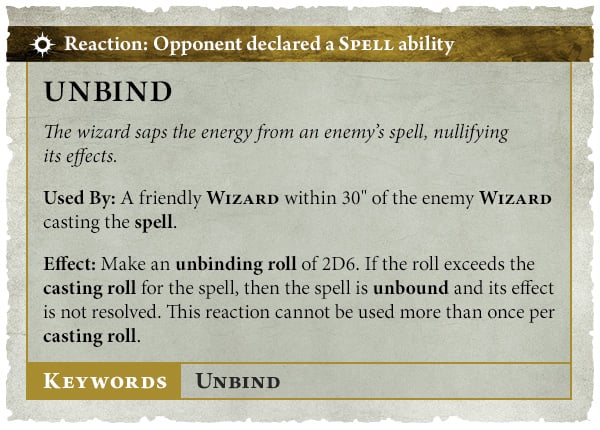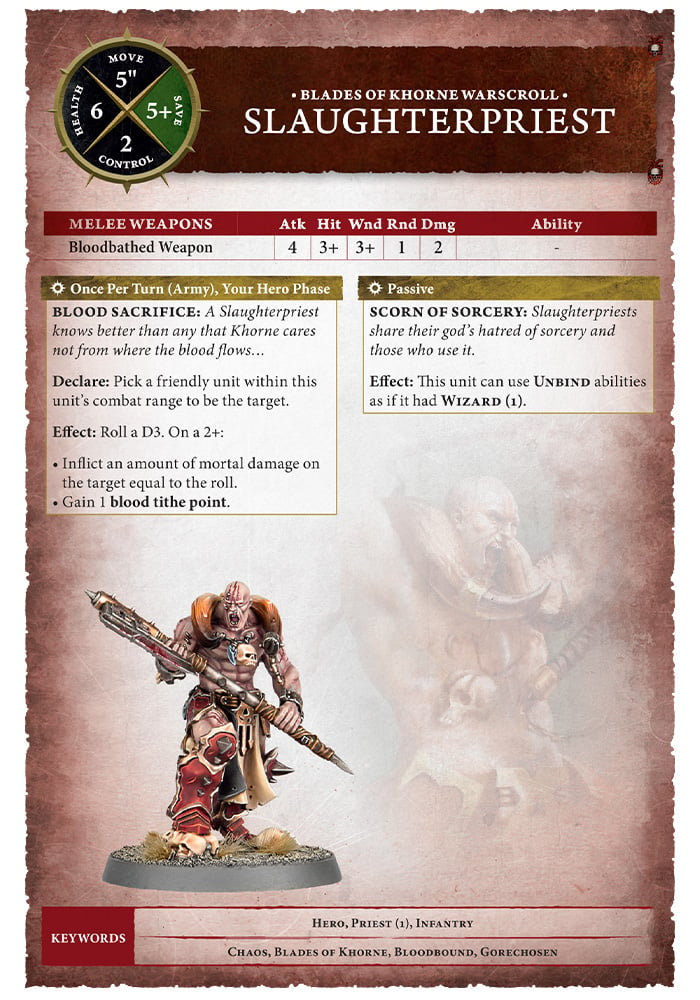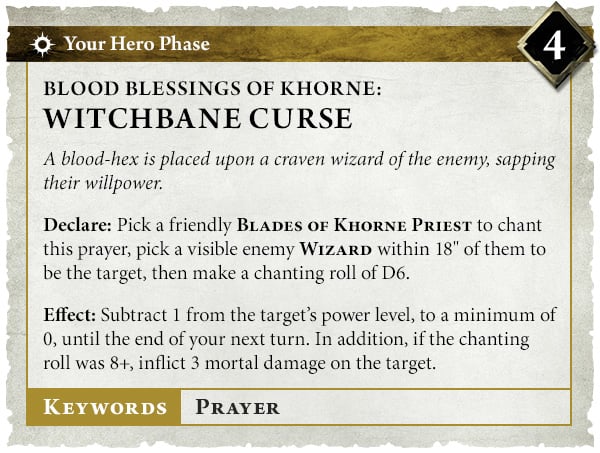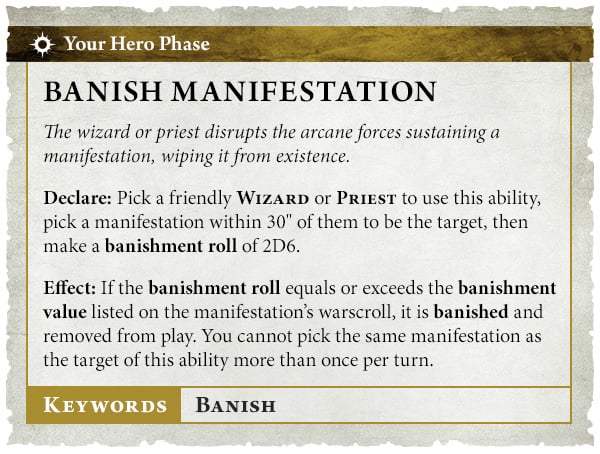18 September 2024
Blog
Age of Sigmar 4th Edition: Everything You Need To Know
As anticipation mounts among Warhammer Age of Sigmar enthusiasts, details about the upcoming 4th edition have begun to surface, igniting excitement and speculation within the community. From revamped rulesets to innovative gameplay mechanics, the latest instalment promises to redefine the landscape of tabletop warfare in the Mortal Realms. In this comprehensive overview, we delve into all the information currently available, offering an exclusive glimpse into the evolution of this beloved game system.
Warhammer Age of Sigmar: 4th Edition Trailer
Let's begin with a look at the fantastic Warhammer Age of Sigmar: 4th Edition cinematic trailer!
This trailer really sets the scene for the new edition, whilst also revealing the two factions that will be in the starter box - Stormcast Eternals and Skaven - along with hints at some of the new miniatures we can expect to see.
Battletomes in Warhammer Age of Sigmar: 4th Edition
After nearly a decade of service, Warhammer Age of Sigmar is undergoing its first comprehensive rewrite of the rules for its 4th edition.
This milestone is cause for celebration, as it signifies not change for the sake of it, but a thoughtful reimagining aimed at enhancing the overall experience. While the framework remains familiar, the upcoming revisions introduce smart refinements that promise to elevate gameplay.
Every Warscroll is undergoing a transformation. The development team has meticulously evaluated each profile across all factions to ensure a balanced comparison - considering factors like the relative strength of a grot versus a mortal human or a saurus against an orruk.
During this process, Warscroll design has evolved, along with the information presented on them. Certain attributes have been renamed for clarity, such as 'Wounds' becoming 'Health'. Additionally, miniatures can now engage in melee combat if they are within a 3” range of opponents, streamlining pile-ins and combat resolution. Contesting an objective now requires a model to be within 3” of a 40mm objective marker.
Universal Special Rules are being introduced, streamlined for easy recall. Battleshock mechanics are being removed, replaced by meaningful Command Abilities available each round, with clear and simple sequencing. However, utilizing these abilities will require managing a strict Command Point economy.
Every action within the game is now defined as an ability, covering movement, combat, shooting, spellcasting, and unique actions found on Warscrolls. These abilities follow a clear sequence, delineated into a Declare step and an Effect step, with timing clearly indicated through color-coding and symbols.
The new ruleset adopts a modular approach, with core rules supported by additional plug-and-play elements for advanced play. Players can opt to exclude Magic or incorporate new Battlepacks and General’s Handbooks for added complexity.
However, with such fundamental changes, previous rules and rulebooks are being replaced. Existing Battletomes will be retired upon the release of the new edition, but every Faction will receive a complimentary downloadable Faction Pack.
These Faction Packs offer a competitive and satisfying starting point, containing army rules, subfaction rules, enhancements like spell lores, and all Warscroll cards for both Spearhead and regular Warhammer Age of Sigmar. Eventually, these Faction Packs will be succeeded by revamped Battletomes for each faction as the edition progresses.
Modular Rules in Warhammer Age of Sigmar: 4th Edition
Warhammer Age of Sigmar 4th Edition boasting a fresh overhaul of the core rules that refine and tweak the world’s premier fantasy miniatures game to perfection. While we've touched on the idea of modular rules as part of these changes, let's delve deeper into what exactly this entails.
Essentially, the game is now structured into Core Rules and Advanced Rules. The Core Rules are designed for swift comprehension, covering basics like movement, combat, shooting, unit cohesion, and all the essentials for a straightforward battle with objectives and terrain. On the other hand, the Advanced Rules delve into Commands, Terrain, Magic, Army Composition, Command Models, and Battle Tactics - elements crucial for strategic depth in Warhammer Age of Sigmar. But what makes them modular?
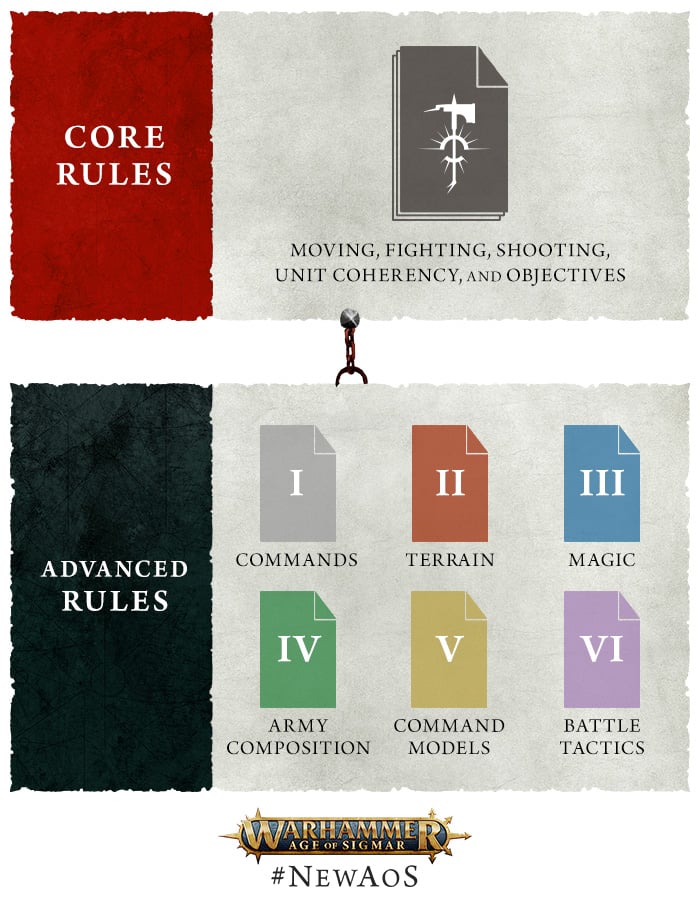
According to Ben, the Product Developer for the game, "Rules have been structured in a modular manner. This means that you can learn and play games with the Core Rules, and then when you need them you can go on to learn the Advanced Rules. You can even just leave them out completely if you want - though some battlepacks will require them. It’s all part of making the game that existing players love more accessible to newer players."
Matt, another of the Games Workshop creators responsible for the rules, expands on this concept: "Modularity is born from the idea that Warhammer Age of Sigmar is much more than just a game. It’s essentially a platform that supports many types of games. People play Warhammer Age of Sigmar as a narrative experience, a competitive tournament game, at sizes ranging from huge mega battles with hundreds of miniatures to smaller format games like Spearhead, and everything in between. With modular rules, you only need to read the rules necessary to play the type of game you want. To play Spearhead, all you need to read is the Core Rules, and no Advanced Rules. Everything else is covered in the Spearhead battlepack, the Warscroll cards, and the unique cards that Spearhead uses."
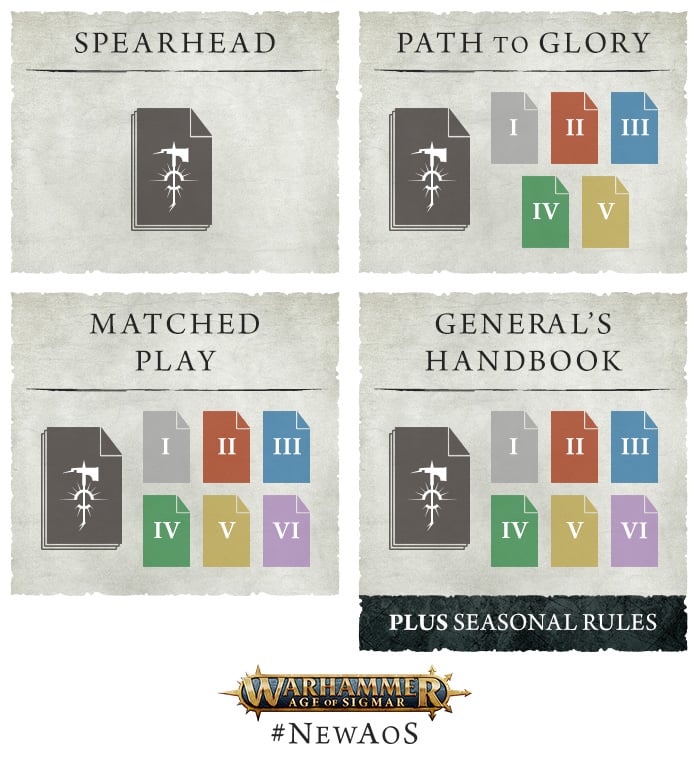
The beauty of this system lies in its plug-and-play nature. Anything beyond the Core Rules is optional and seamlessly integrated - paving the way for exciting possibilities in the game's future. Previous General’s Handbooks have introduced unique themes, such as the Predators and Prey of Ghur or the Primal Magic of Andtor, but this modular structure facilitates smoother implementation of such concepts.
Matt illustrates this with an example: "The current General’s Handbook is set in Andtor and focused on magic. It’s one of my favourite seasons, but in practice, it ends up being a little bit awkward for newer players because the rules are split between Primal Magic rules at the beginning of the book, and the standard magic rules they interact with deep in the core rules at the back of the book. In the future, we could simply replace the magic module entirely with a ‘Magic of Andtor’ module, as an example. This could seamlessly integrate thematic modifications to the magic rules for that battlepack, without resorting to extensive Core Rules errata or layers of extra rules on top."
Matt also goes on to explain other benefits: “Say, for example, we find out during the course of a season of Matched Play that the economy of Command points isn’t quite right for competitive play. We don’t need to issue an errata online; instead, we could have a new General’s Handbook with a new Command Module that is both thematically resonant and helps evolve the internal balance. If we want to bring that Advanced Rule module back in the future, we can.”
The potential ramifications of this system are immense, providing clear guidance for both novices and veterans alike. The Age of Sigmar design team seems to be brimming with ideas on how this approach will shape the game's evolution, and players will witness its implementation right from the onset of the new edition.
How the Priority Roll is Changing in Warhammer Age of Sigmar: 4th Edition
The player who completes their army setup first gains the privilege of choosing who takes the initial turn, adding a strategic layer to army composition - an aspect of the game that has undergone revisions in the new edition.
In subsequent battle rounds, players engage in a priority roll, with the winner determining the order of turns. In the event of a tie, the player who initiated the first turn in the preceding round retains the decision-making power for the current round. This setup occasionally allows for a savvy player to execute consecutive turns - a tactical manoeuvre commonly referred to as a "double turn" - granting a substantial advantage on the battlefield.
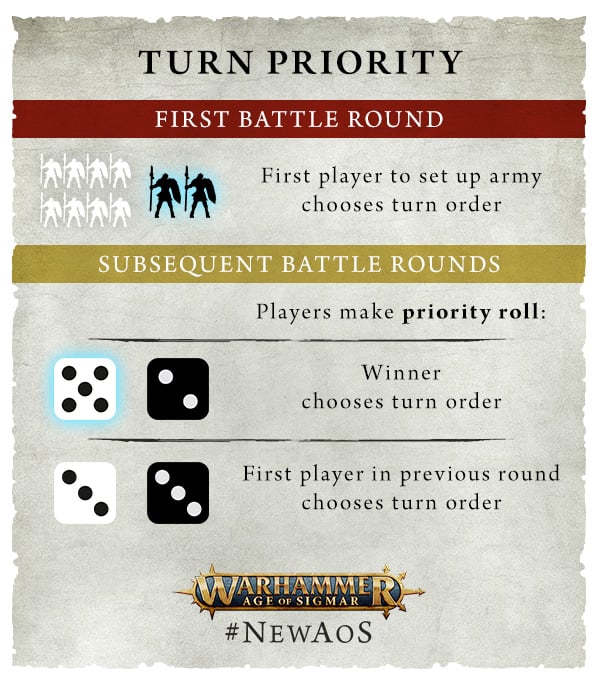
While veterans of other Warhammer tabletop games might initially find this system peculiar, it is pivotal for grasping the rhythm of Warhammer Age of Sigmar battles. The decision holds strategic depth, offering a myriad of options for both proactive planning and reactive counterplay - a facet that has expanded significantly in the forthcoming edition.
This mechanic persists in the new edition, albeit with a finely calibrated balance between risk and reward. In matched play battlepacks, opting for a double turn necessitates forgoing the opportunity to select a battle tactic for the turn, introducing a compelling element of trade-off. While still formidable, the decision is no longer a straightforward one.
Matt, the Lead Games Developer for Warhammer Age of Sigmar, emphasises the dynamic nature of the priority roll and the potential for unexpected outcomes, underscoring the game's essence of adapting to uncertainty: “I think the priority roll and the potential for a double turn can create really cool and dynamic outcomes where you can’t predict the flow of a game. You can’t count out each players’ moves as simply as a straightforward you-go-then-I-go. It’s a wonderful possibility space.”
Ben, the Product Developer, notes that seasoned players dedicate considerable thought to when to relinquish or exploit the double turn, showcasing strategic prowess: “Initially, the double turn might seem like an obvious advantage – but it’s important to consider that many defensive abilities last until your next turn. This means the player who goes second will often still have their buffs and defensive spells up and running. The primary skill expression in Warhammer Age of Sigmar is making the best tactical choice in the face of uncertainty. This is not chess. You have to react to things you can’t be certain of. The double turn is a very powerful expression of this. You have situations in a turn where you just don’t know if your opponent will be able to go twice – maybe they have the positioning to take advantage of that double turn, so you need to position yourself correctly in response… but then, what if they don’t win the priority roll?”
Despite initial scepticism from newcomers, the double turn enjoys widespread acclaim within the community. Matt highlights its enduring popularity, illustrating its significance as a defining feature of the game.
As further details regarding changes impacting tactics and strategies, such as command points and the new Underdog mechanic, emerge, one thing remains certain - the priority roll remains a cornerstone of the game, urging players to hone their foresight and planning skills.
Army Composition in Warhammer Age of Sigmar: 4th Edition
In the current (3rd) edition of Warhammer Age of Sigmar, assembling armies involves specific criteria: at least one Leader unit and a minimum of three Battleline units (or two for smaller 1,000-point games), alongside constraints on Behemoths, reinforcements, and more. Players can organise units into various battalions, each offering distinct bonuses. For example, the widely favoured Battle Regiment enables deployment of up to nine units simultaneously. Given that the player who finishes setup first earns the option to take the initial turn, players must strike a balance between minimal "drops" and list-building versatility, creating tension between selecting desired units and seizing the tactical advantage of going first.
Warhammer Age of Sigmar 4th edition retains these risk-reward dynamics while introducing a fresh approach to emphasise flavour and adaptability. Armies now consist of one or more regiments, with each regiment led by a single HERO and accommodating up to three additional units - four if it's the general's regiment. Regiments represent the retinues, warbands, and warriors accompanying a leader into battle, with each HERO specifying which units can join their regiment within their battle profile.
For example, a Vanari Bannerblade of the Lumineth Realm-lords can include any VANARI units in their regiment, while an Alarith Stonemage can be accompanied by ALARITH units and Vanari Auralan Wardens. This regimental approach fosters thematic armies, aligning with the units expected to accompany each HERO.
In this system, all units within a regiment deploy together as a single drop. While most non-Unique units can be reinforced with additional models, the previous edition's restrictions no longer apply. Battlefield roles such as Battleline and Behemoths are obsolete. Instead, once a HERO is designated as the general, players enjoy significant flexibility in roster construction, allowing for diverse compositions, including unconventional choices like a lone hero accompanied by a swarm of Doomwheels.
Auxiliary units provide an avenue for selecting additional faction units beyond regimental confines, albeit with constraints. While there's no limit on the number of auxiliaries, each auxiliary unit deploys individually as a single drop. Additionally, the player with the fewest auxiliaries on their roster gains an extra command point at the start of each battle round—a valuable resource in the new edition.
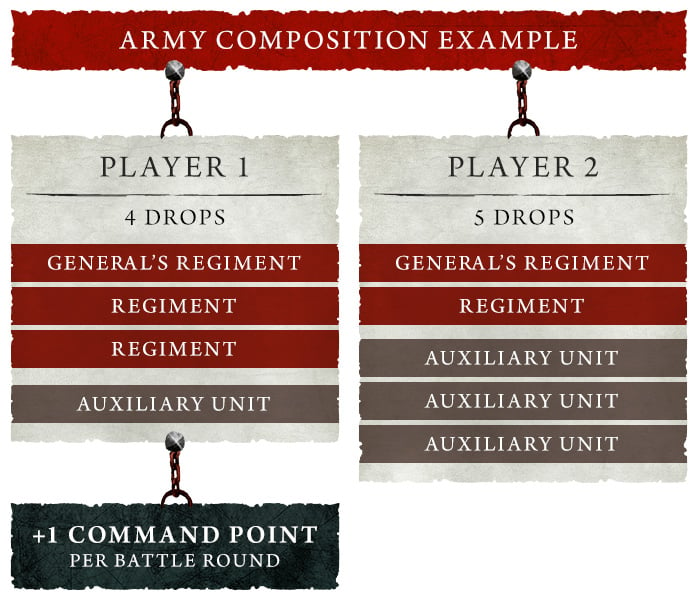
Command points are now a precious commodity, with no warscroll or faction ability providing additional points. This scarcity emphasizes the importance of adhering to regiments. Moreover, players select battle formations, now called subfactions, based on an army's fighting style rather than specific lore, encouraging customisation and thematic cohesion.
In summary, the new edition's army composition mechanics prioritise thematic coherence while offering players greater flexibility in building their forces, all while introducing strategic depth through resource management and tactical decision-making.
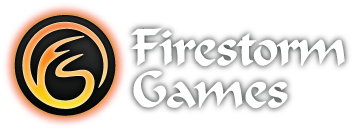




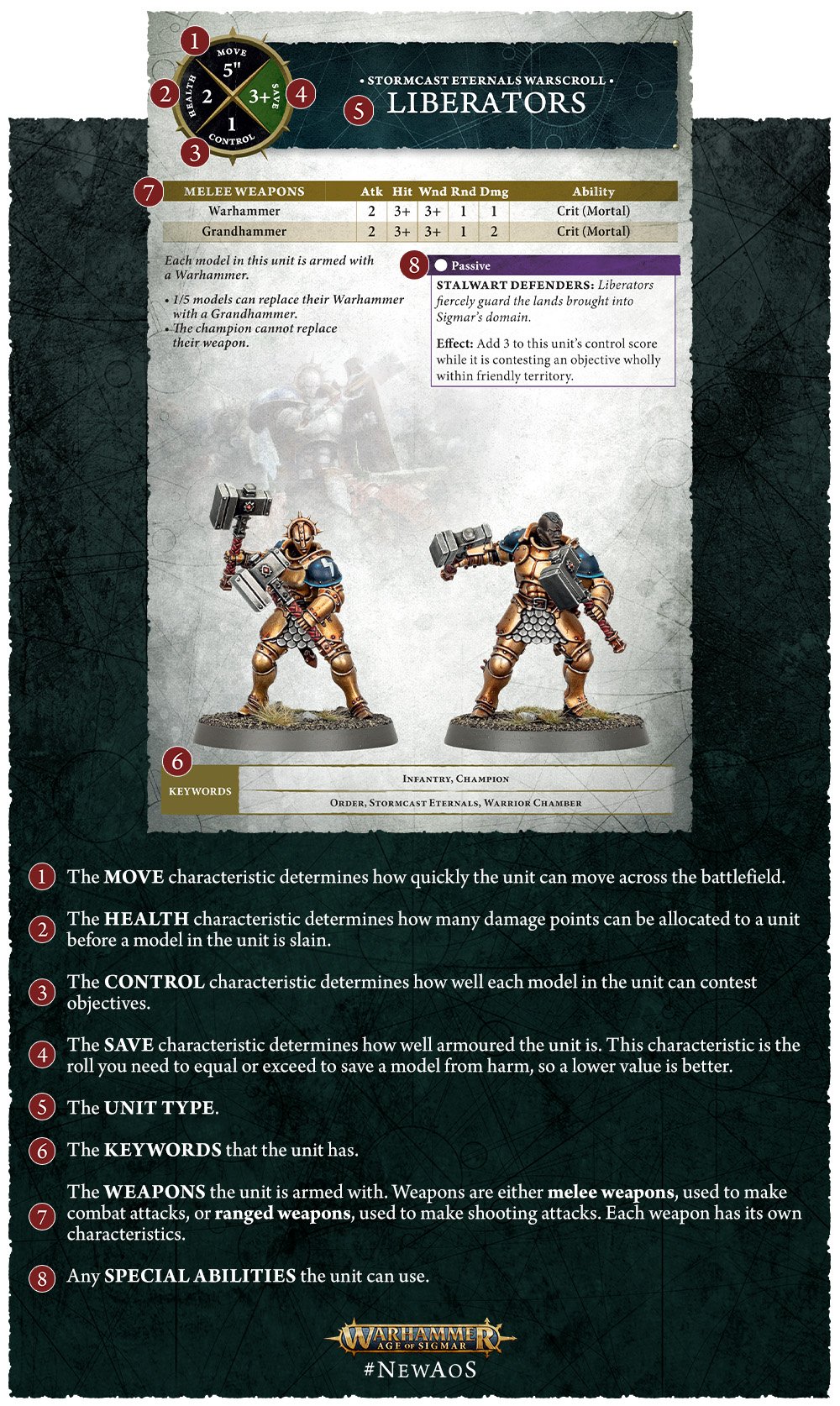
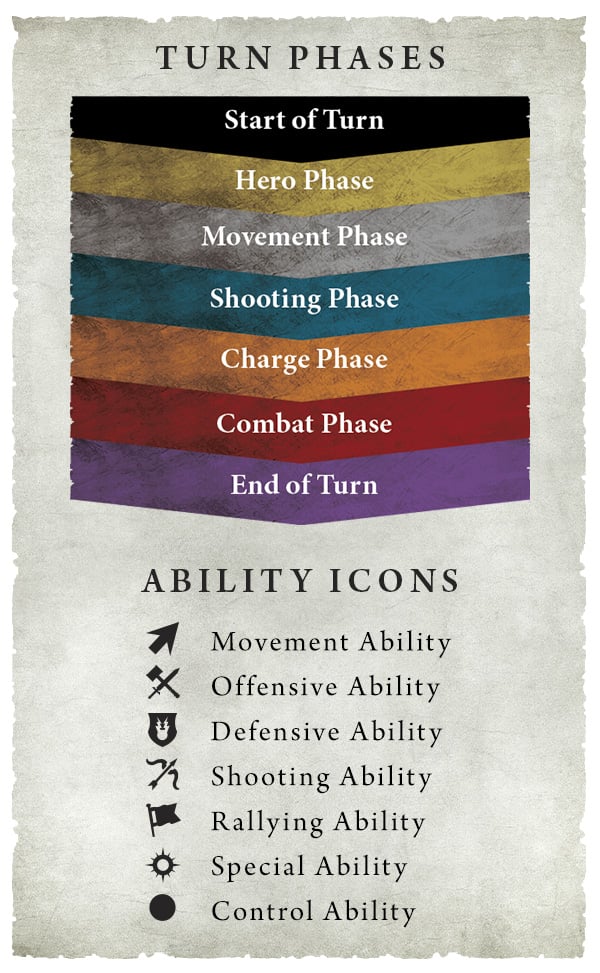
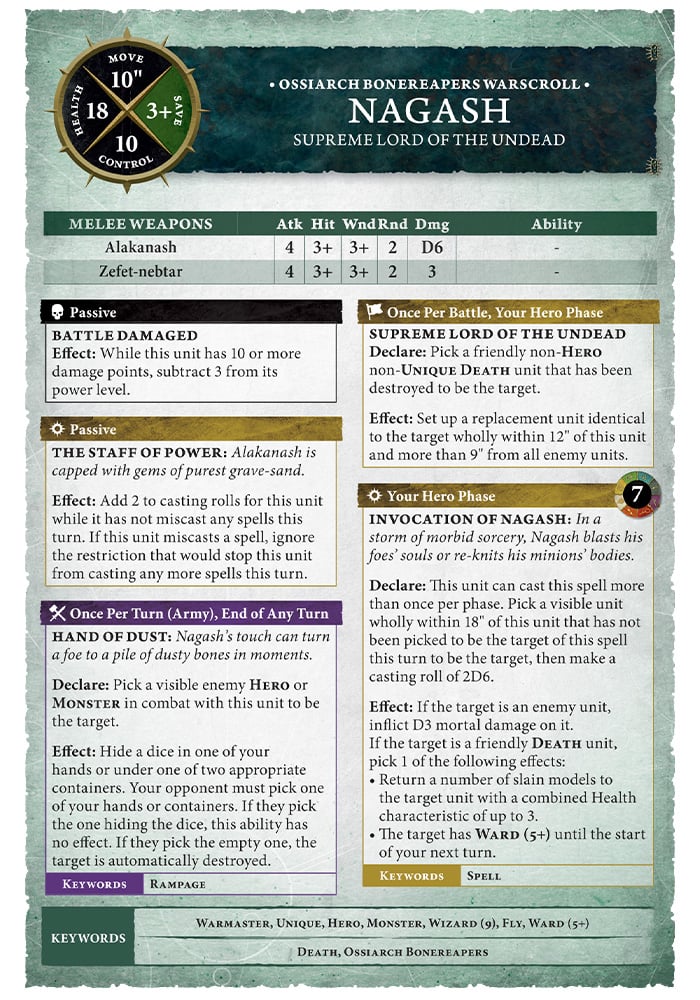 In summary, warscrolls in the new edition of Warhammer Age of Sigmar embody a blend of familiarity and innovation, presenting essential unit information in a streamlined format while accommodating the diverse array of abilities and interactions crucial for strategic gameplay.
In summary, warscrolls in the new edition of Warhammer Age of Sigmar embody a blend of familiarity and innovation, presenting essential unit information in a streamlined format while accommodating the diverse array of abilities and interactions crucial for strategic gameplay.